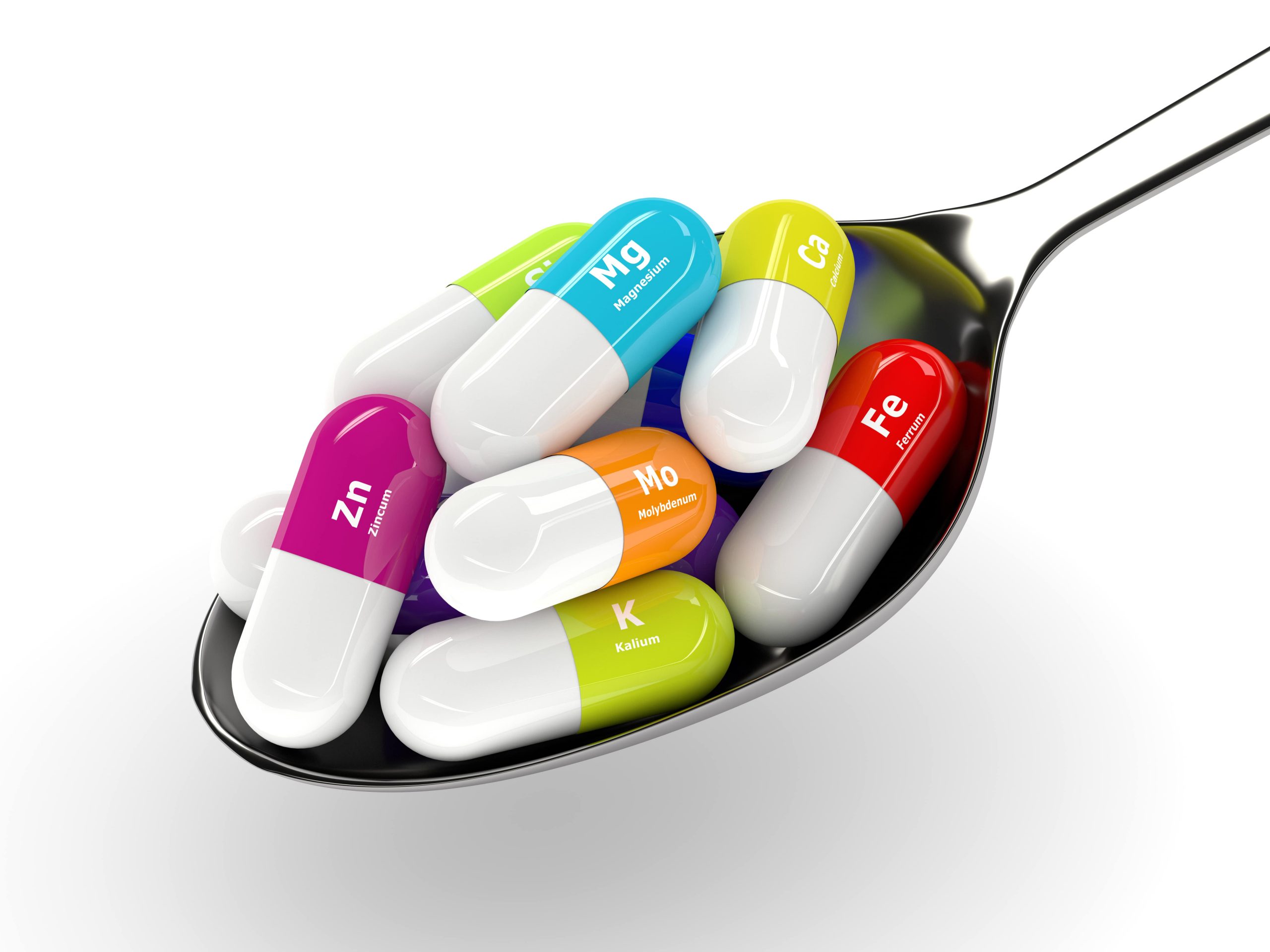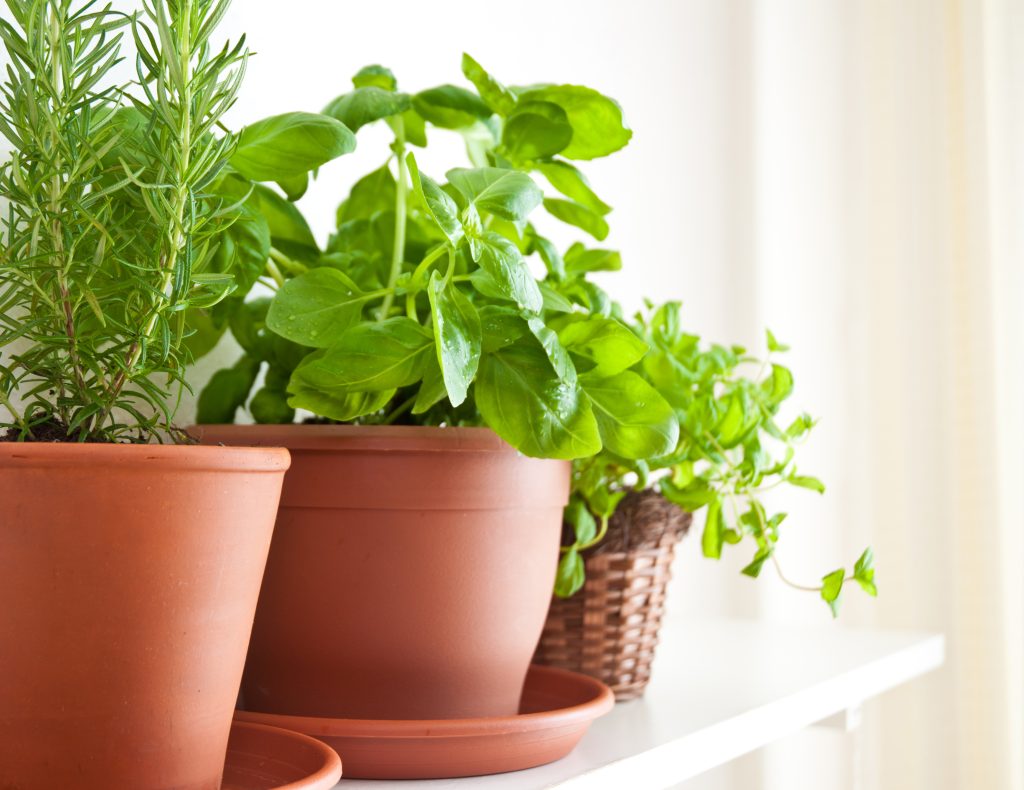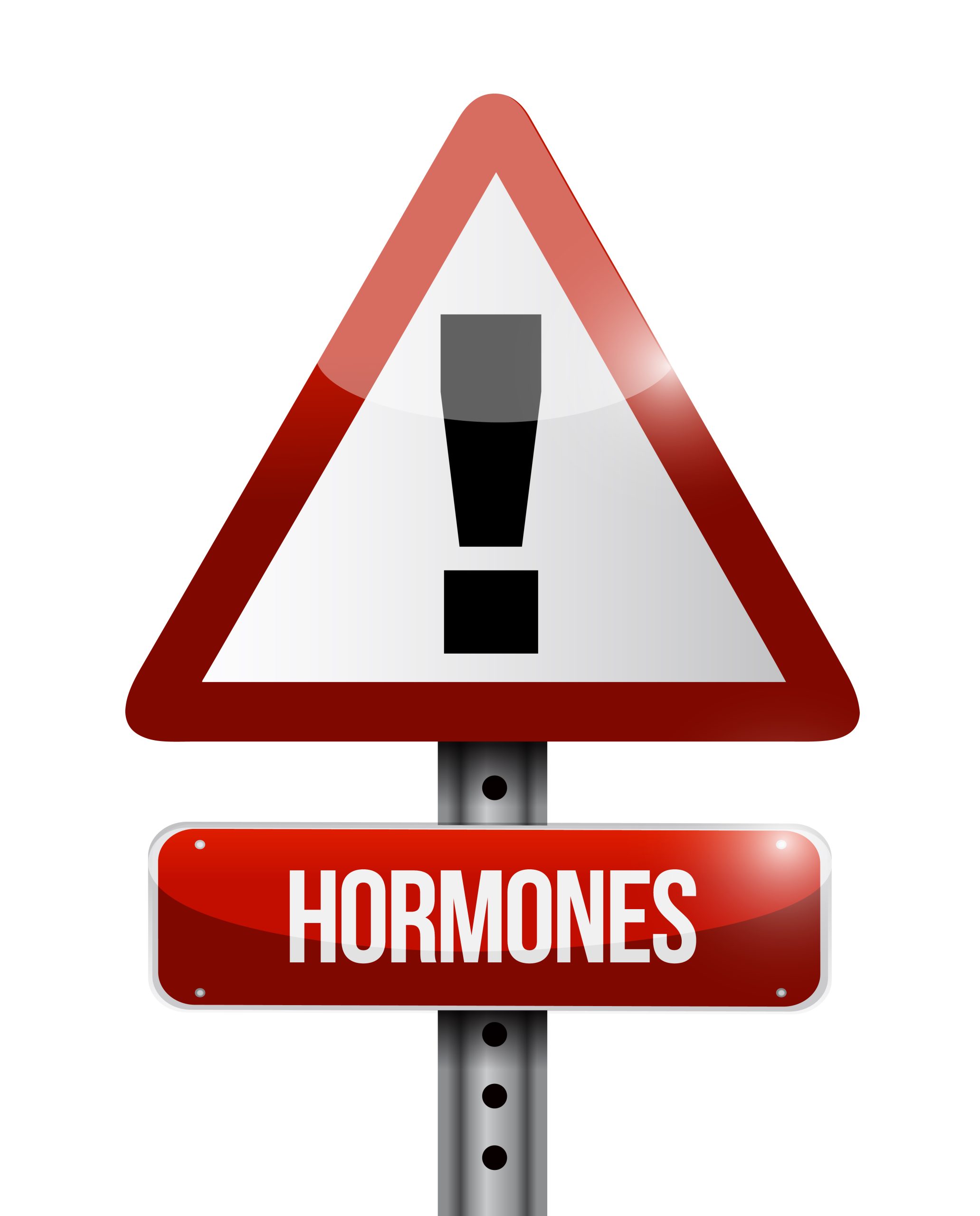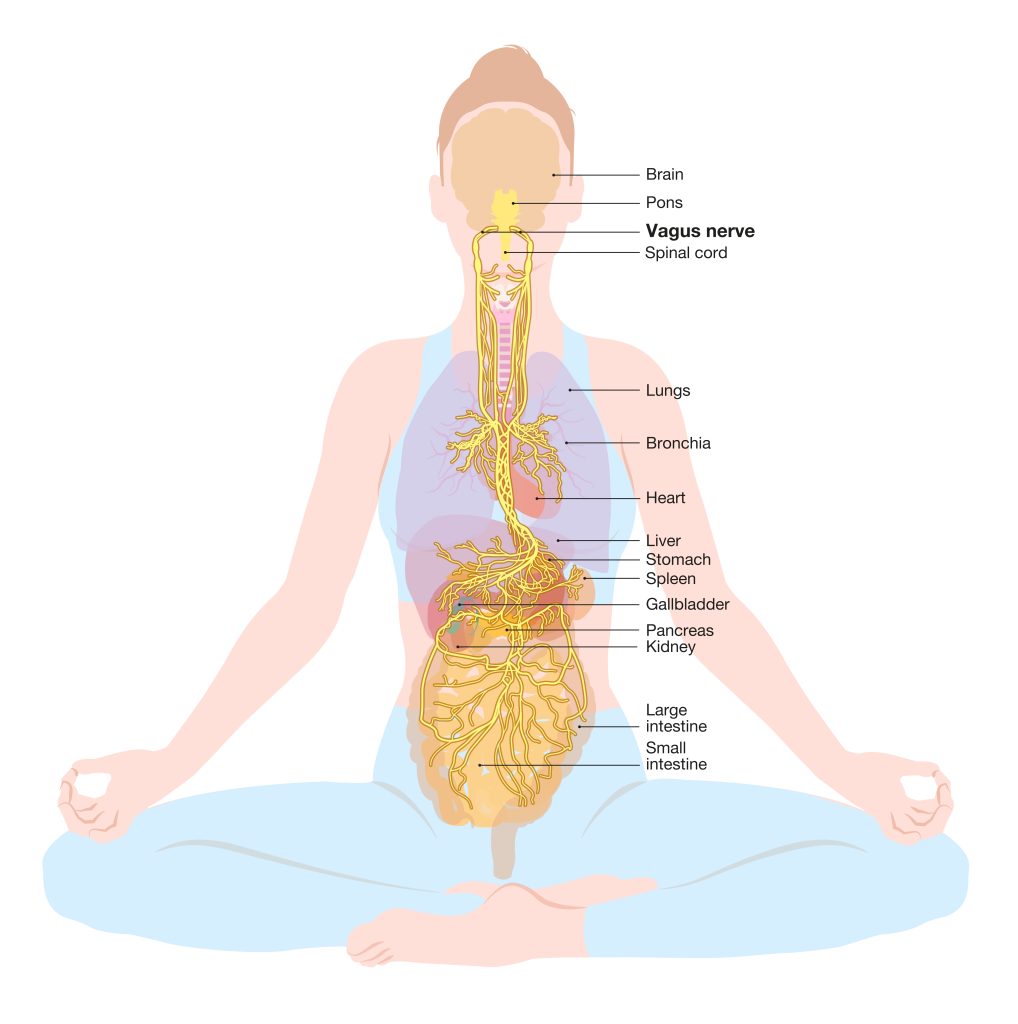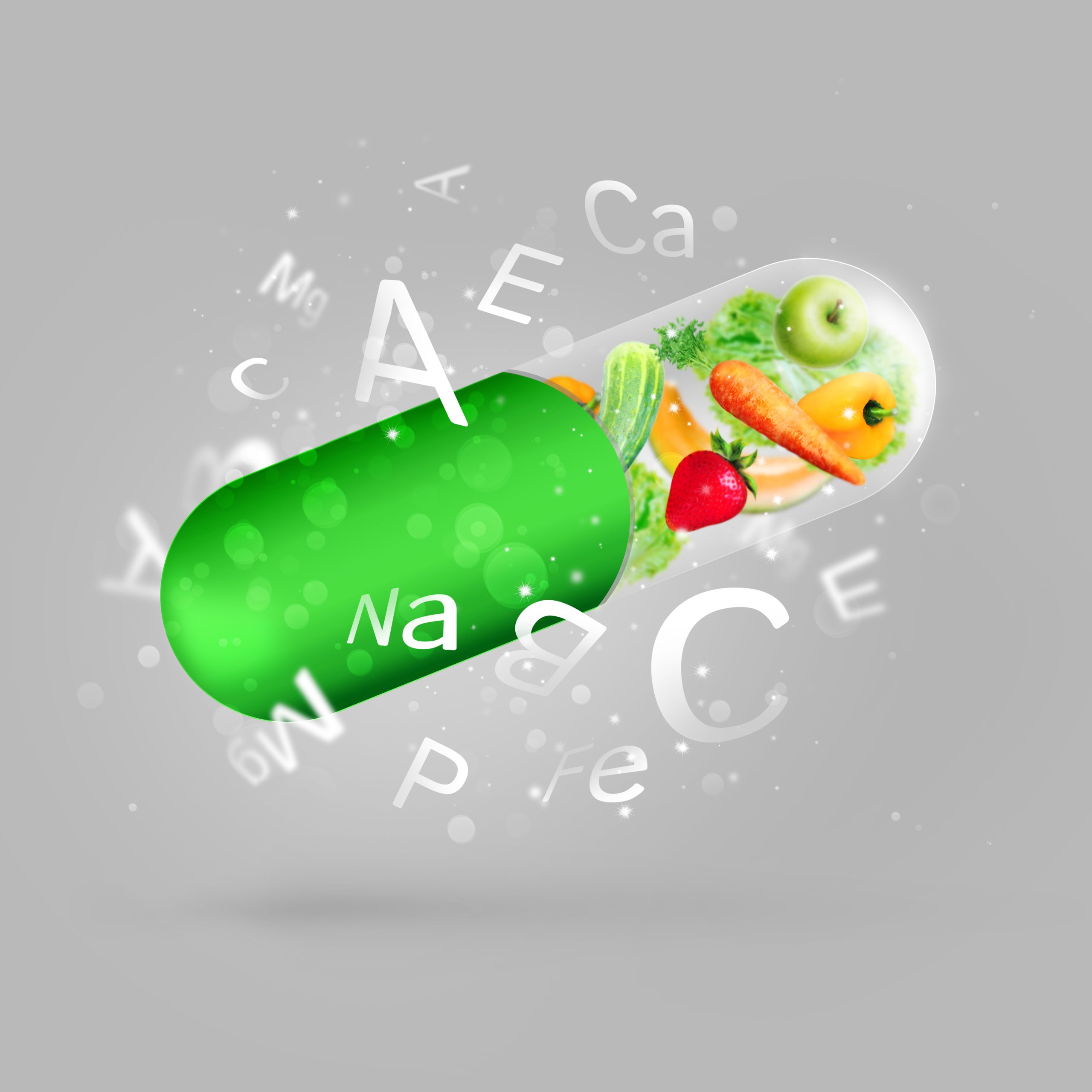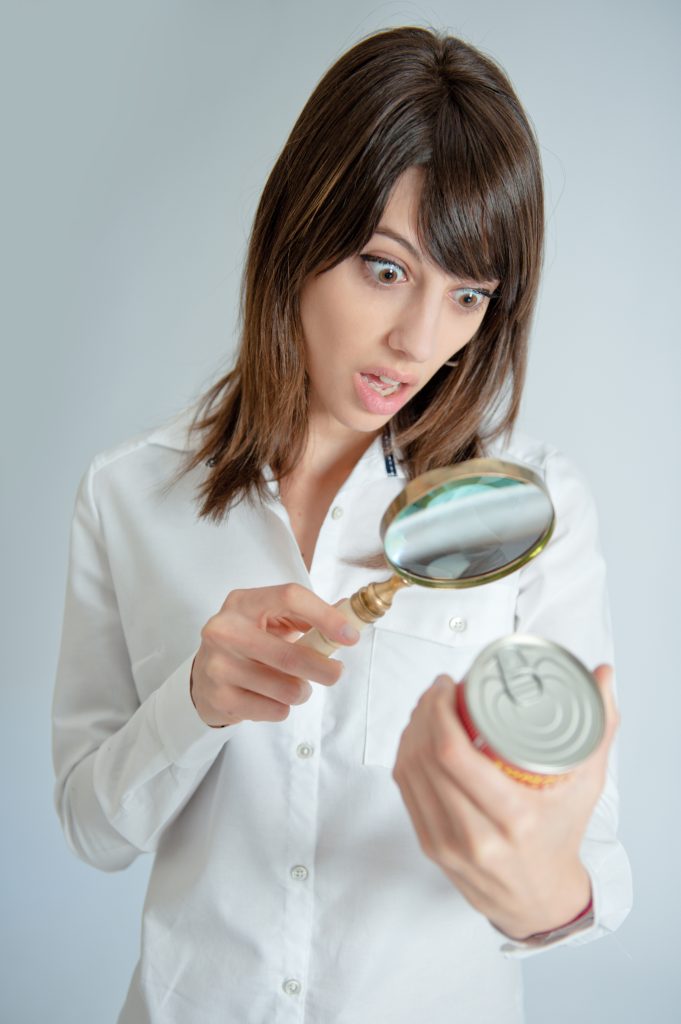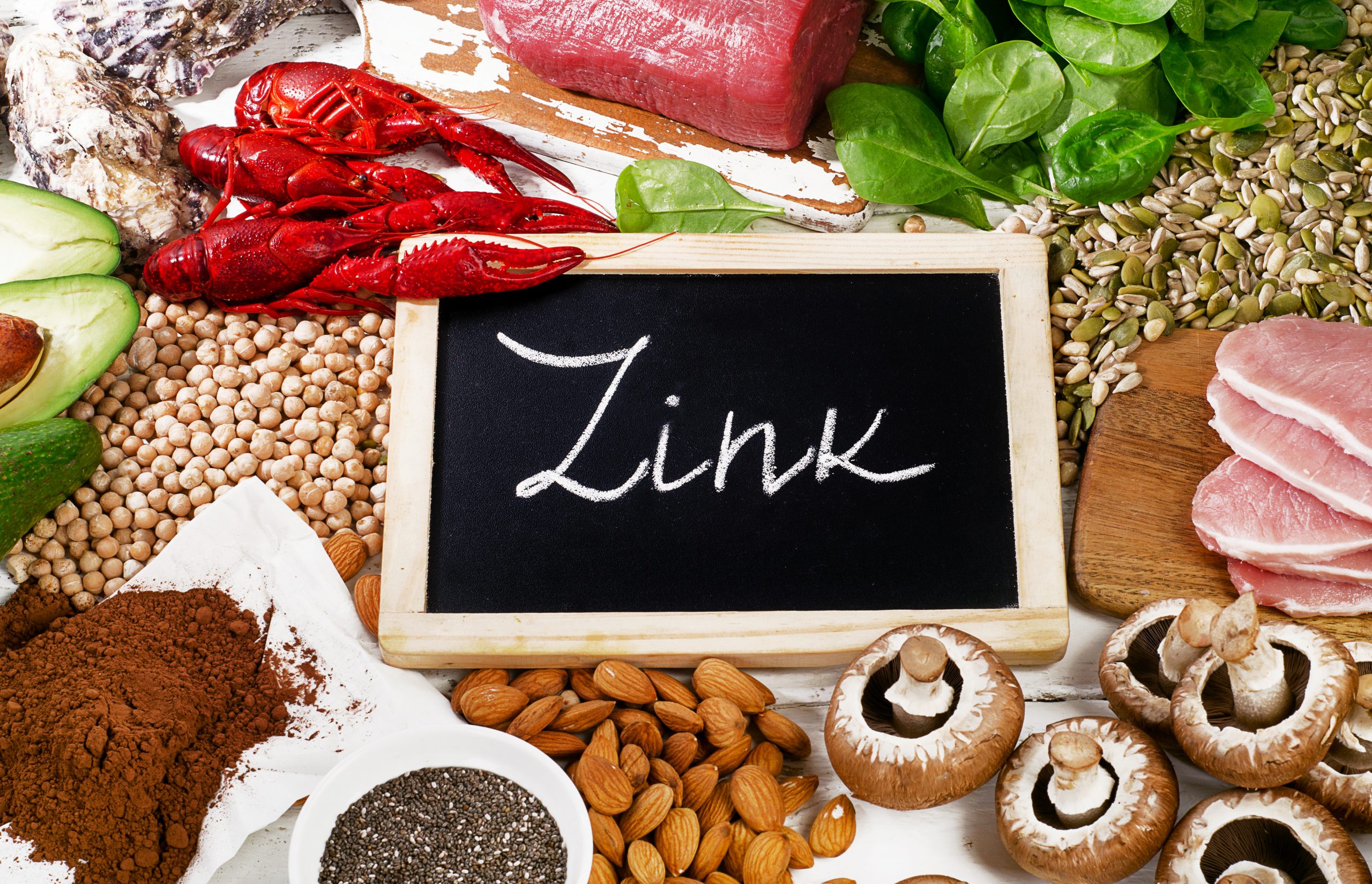How Massage Therapy Restores and Maintains Your Mind and Body
During these highly stressful times, it’s easy to let our own physical and mental health fall by the wayside as our stressors slowly accumulate in our mind and body. It can be easy to become hyper focused on work, raising a family, and keeping up with other obligations. However, no matter how busy you get, you should always make time for self-care.
You may have already noticed that when you’re stressed and tense that you’re not performing at your best. Sometimes this results in a lack of focus and inability to concentrate on things like work or school. Other times, stress can cause physical discomfort, like tense and sore muscles. Whatever the case may be, you don’t have to endure this.
In fact, professional massage therapy has proven to be effective in combating both the mental and physical aspects of stress. It is helpful in combating conditions relating to physical and mental health that aren’t stress related. Unlike medication, massage therapy is a holistic method of helping the mind and body feel and function at their best. Let’s dive in a little deeper about the health benefits of massage therapy and how to become a part of the healing body club.
You Feel Better When You Sleep Better
According to the CDC, roughly 70 million Americans suffer from chronic sleep issues. That means that approximately one out of every five people you walk by on the street aren’t fully rested. There are several issues associated with sleep deprivation, including lack of focus, decreased brain function, memory loss, weakened immune system, and even more serious issues like risk of heart attack and hypertension.
If you have been dealing with sleep issues, then you are a prime candidate for massage therapy. The techniques used during massage therapy should release serotonin, which is a naturally occurring chemical in the body that aids sleep. Even after one massage therapy session, you will notice that you can get to sleep quicker and stay asleep longer.
It is a wonderful holistic alternative for those who have tried sleep medication and other methods, to no avail.
Reduce Stress and Boost Your Mood
According to Stress.org, more than half of Americans report feeling stressed throughout the day. Of course, there are several ways to deal with stress. Some do it through breathing exercises, engaging in physical activity, and some even go as far as to take a vacation. However, don’t overlook the benefits of massage therapy when it comes to combating stress and improving your mood.
The scientific explanation behind this is that licensed massage therapists are specially trained to manipulate the body’s muscle tissues so that the brain will release endorphins, serotonin, and dopamine. These chemicals that naturally occur in the body holistically make a person feel good, which reduces their anxiety and naturally boosts their mood.
The great thing about massage therapy is that it’s amazing for both combatting stress or preparing the body for when you expect stress. For example, if you’re expecting a particularly tough week at work, book yourself a massage therapy appointment over the weekend. You will be amazed at how you are mentally and physically prepared to deal with stress.
Combat the Pain in Your Body
According to the CDC, approximately 20% of people suffer from some variety of pain. That could be because of a physical injury or a medical issue, such as fibromyalgia or arthritis. Additionally, many older adults suffer from pain in their joints and muscles that is related to aging. That can lead to them relying more on over the counter and prescription medications.
However, massage therapy is a holistic alternative that can naturally help them reduce their pain. Licensed massage therapists can manipulate muscles in a way that improves the body’s circulation with oxygen-rich blood flow. Recipients of massage therapy will instantly notice that their pain levels will go down significantly after only a single treatment. Massage therapy is also a great way to reduce pain and soreness for those who are engaging in physical activity or competitive sports.
Booking Your Massage Therapy Appointment
The beauty of massage therapy is that it is a widely available service that you should be able to find in your local area. Start by Googling the term “massage therapy near me” or “massage therapy in Kansas City.” That should bring up many massage therapy clinics that can help restore your mind, body, and spirit.
There is no reason to suffer from stress or pain. Book your massage therapy appointment today and take the first step to an improved, happier you.


